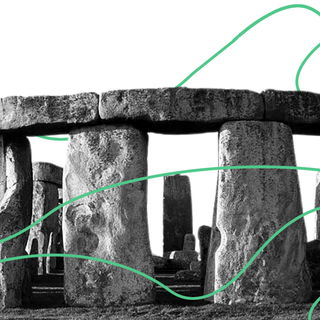What tectonic shifts or mountain-generating changes were taking place billions of years ago? How did Earth’s geology look then, and how has it changed through time? These questions can now be traced through sands on Earth’s surface, which hold a faithful memory of our geological history.
The Earth’s surface has evolved intricately over the last few billion years. But many substances once found on the planet have gradually worn away — forever lost in time. Researchers at the Curtin’s School of Earth and Planetary Sciences studied ancient grains of sands across the expanses of beach, depths of rivers, and crevices of rock to identify hidden details in South America, East Antarctica, and Western Australia. Their technique, called the “age distribution fingerprint,” looks at a mineral within sand called zircon that may carry a trace of Earth’s history. Their research was published in the Earth and Planetary Science Letters this month.
“The world’s beaches faithfully record a detailed history of our planet’s geological past, with billions of years of Earth’s history imprinted in the geology of each grain of sand, and our technique helps unlock this information,” said sedimentologist Milo Barham from Curtin University in Australia, one of the authors of the study, in a release.
What makes zircon so special? It contains chemical elements that make it incredibly durable and resistant to geological erosion. As new rocks are formed with these tiny grains, it’s possible to capture a makeup of the geology of Earth back then. Think of zircon as a wonder material. These chemicals are formed due to continents crashing into each other — so the particles can be billions of years old with unquantifiable evolutionary history embedded deep within. This enduring trait makes it different fromother minerals lost to erosion.
“The way the Earth recycles itself through erosion is tracked in the pattern of ages of zircon grains in different geological settings,” Barham explains.
Related on The Swaddle:
Ancient Earth Was a Big, Blue Water World, New Evidence Says
“For example, the sediment on the west and east coasts of South America is completely different because there are many young grains on the west side that were created from crust plunging beneath the continent, driving earthquakes and volcanoes in the Andes. Whereas, on the east coast, all is relatively calm geologically, and there is a mix of old and young grains picked up from a diversity of rocks across the Amazon basin.”
With this information, scientists can inch closer to understanding how Earth first developed a habitable biosphere, or how continents evolved as each grain of sand can reveal information about the tectonic forces that created them.
There are other methods of geological analysis that have held on to similar questions. But the current technique makes the age of the sediment unnecessary in itself.
“While much of the original geological record is lost to erosion, durable minerals like zircon form sediments that effectively gather information from these lost worlds to paint a vivid picture of the planet’s history, including changing environments, the development of a habitable biosphere, the evolution of continents, and the accumulation of mineral resources at ancient plate boundaries,” Barham said.




